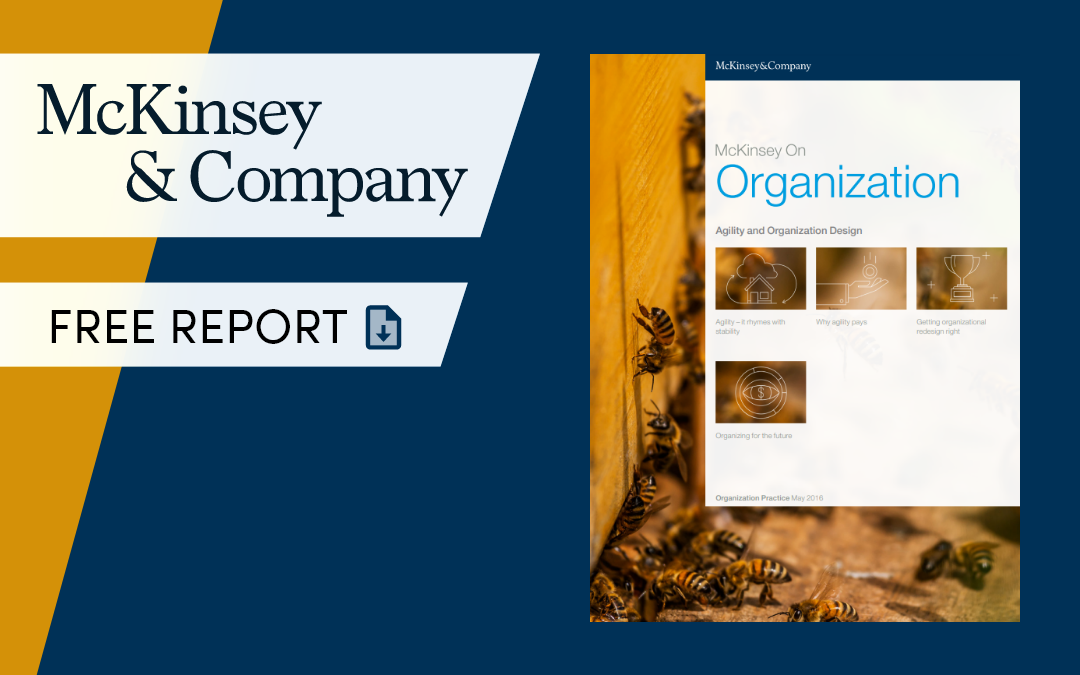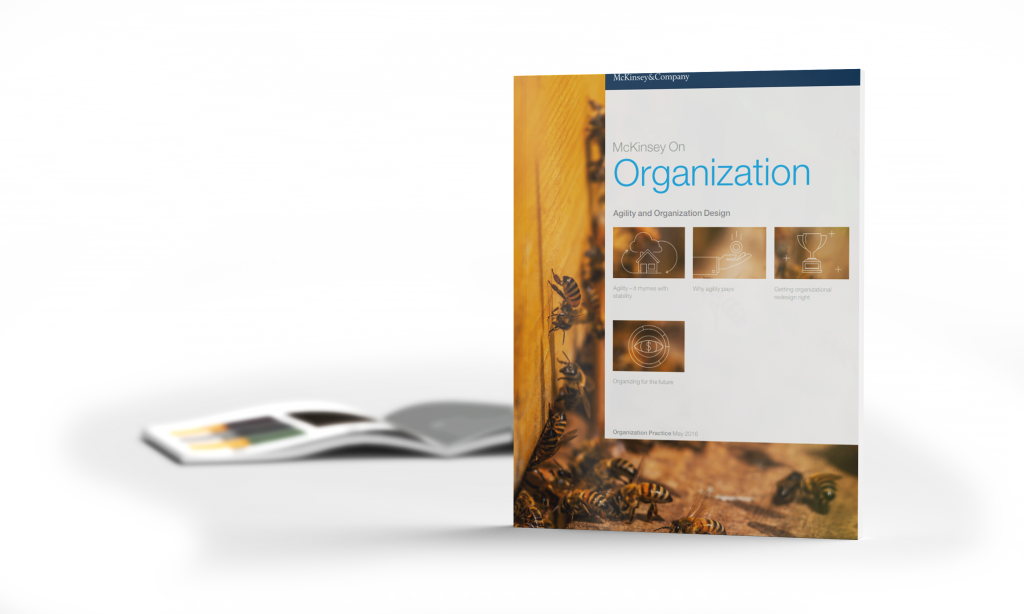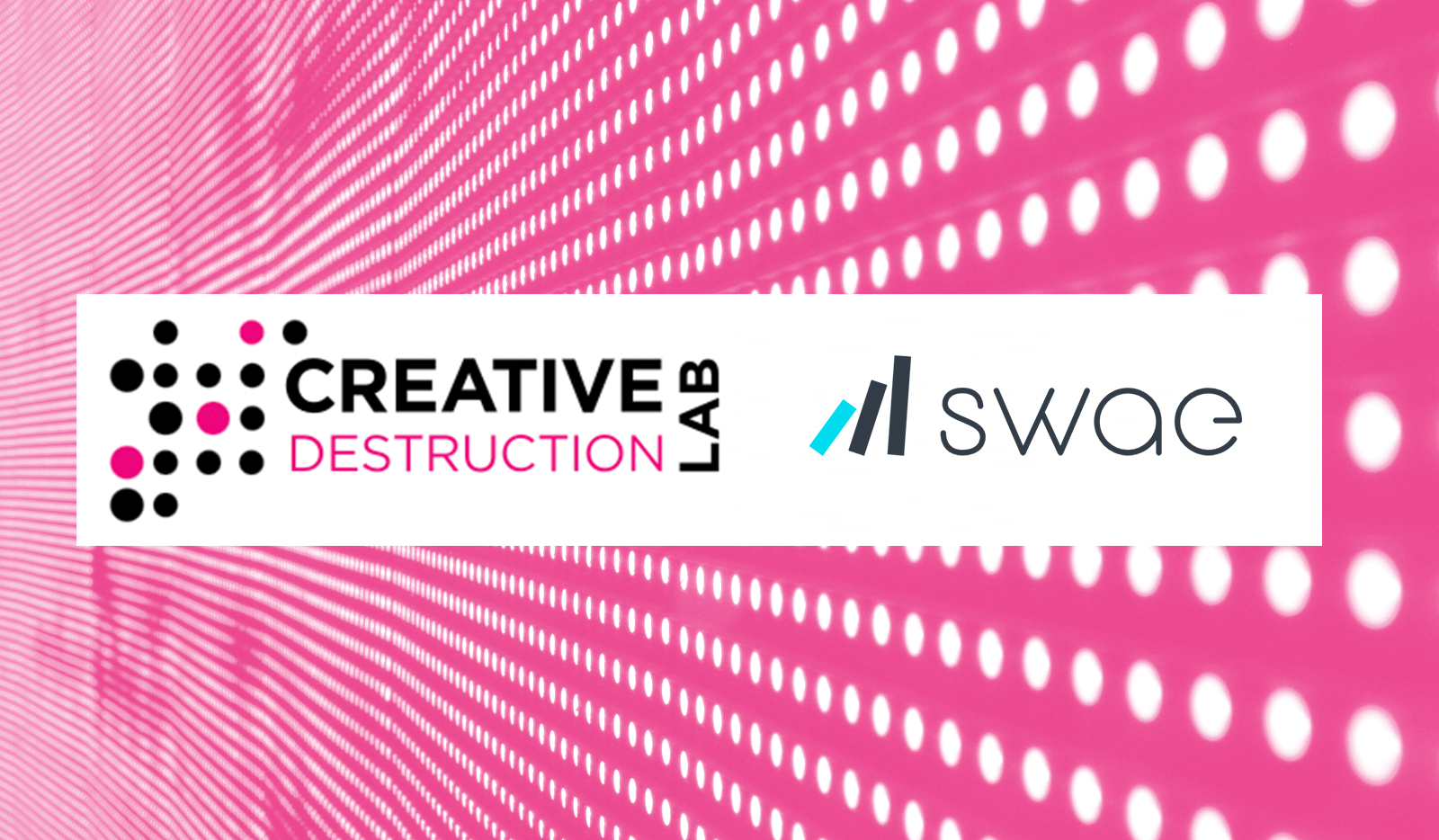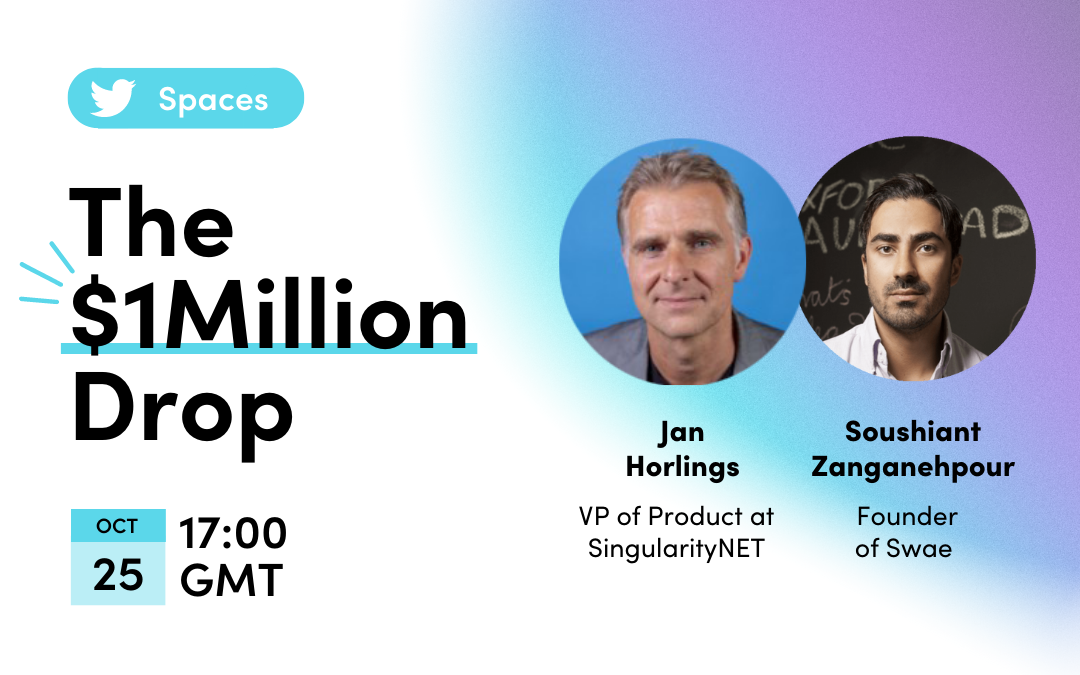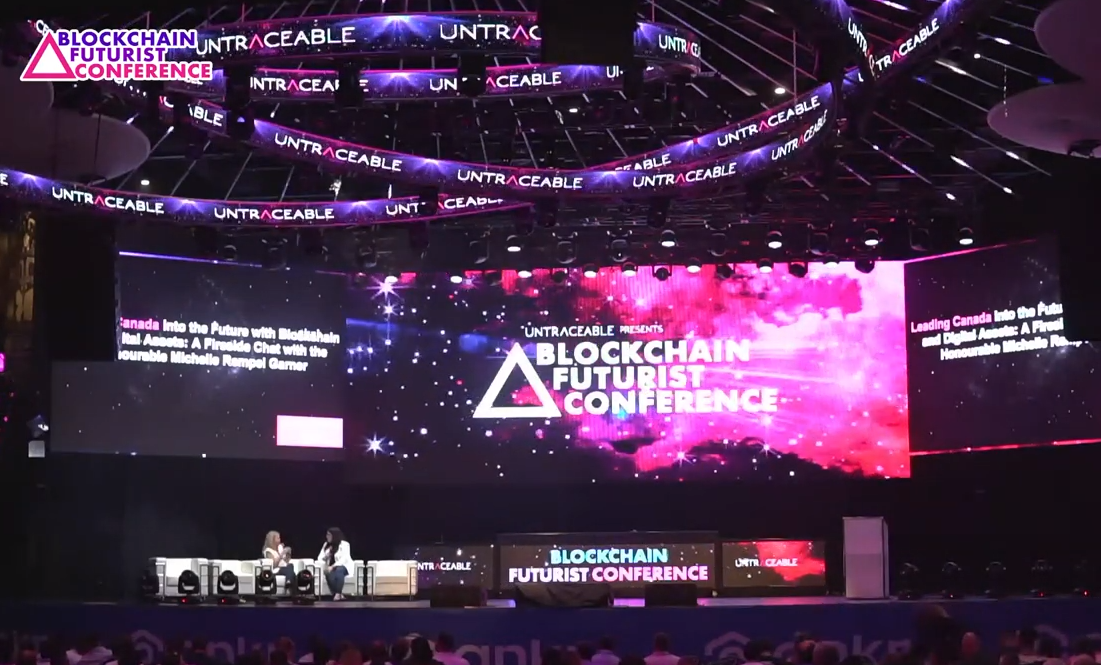The Invisible Implications of Collaboration Could Be Causing Your Burnout [Here's 5 ways to do it right]But it’s often just because simple things are done ineffectively14 April 2022 3 min ReadOur brains are getting overwhelmed given the perpetual move toward greater...
![Using Arguments to Make Your Strategies Better [Strategy Roadmap Examples]](https://swae.io/wp-content/uploads/Resources_MIT_Sloan_Review_Why_Good_Arguments_Make_Better_Strategy-1080x675.png)
Using Arguments to Make Your Strategies Better [Strategy Roadmap Examples]
Recap of MIT Sloan’s Research: Why Good Arguments Make Better Strategy
The Two Minute Takeaway
Strategy roadmap examples from this research demonstrate that all great strategies are, at their core, arguments.
Why has the word “argument” gotten such a bad rap? Simply, because arguing has been equated with fighting and considered to be an unproductive use of people’s time. This research shows otherwise.
KEY TAKEAWAY 1
What’s the role of the leader when it comes to strategy?
Leaders should be the ones that formulate, discover, and revise the logic of success, putting together strategy arguments, as this research calls it.
A strategy argument is MIT Sloan’s approach that includes 3 elements: constructive debate, iterative visualization, and logical formalization.
Leaders can develop creative ways to cut the “strategic fog” and should expect participants in strategy discussions to contribute coherent reasoning and defensible ideas.
Some of the top organizations have deployed the necessary processes that any proposal for new ideas or solutions to current challenges come in a larger package (e.g.: 6-page memos or reports), and these memos require people to write in full sentences and paragraphs which forces leaders to clarify how their ideas connect to each other.
KEY TAKEAWAY 2
What stands in the way of creating better strategies using arguments and healthy debate?
The landscape of today’s hybrid work environments has changed many things. Netflix CEO Reed Hastings views working from home as “a pure negative” for the company, in part because “debating ideas is harder now.”
Companies suffer to create powerful strategies and it’s noticeable across the company as this research shows. MIT surveyed 6,000 executives:
37% said that their company had a well-defined strategy and 35% believed that their company’s strategy would lead to success.
Ouch.
Another element that gets in the way of great strategy is bias. MIT Sloan found that confirmation bias is a big problem. This is the tendency of humans to interpret evidence in ways that confirm preexisting beliefs. This cloud’s a person’s ability to develop their own arguments, but this makes people better at evaluating other people’s arguments.
KEY TAKEAWAY 3
What does this research show as the best way to create powerful strategies?
Creating healthy debate and arguments need some preordained systems and processes. It’s not just coming together in a room to yell at each other. The arguments should follow established rules of engagement that need to be present and are rooted in the principles of deductive logic.
Really great strategy demands the exchange and vetting of ideas — both in its development and implementation.
A way to ensure that all are on the same page, leaders can use strategy maps to surface and examine people’s ideas and proposals as to their underlying logic.
According to MIT Sloan, a strategy map is “…a visual depiction of a strategy argument, using boxes and arrows to represent the structure of connections between ideas.”
Strategy mapping helps executives find an intuitive way of developing and representing their arguments. As they stated, “This means not only understanding the connections and causal flow between its elements, but also working creatively and collaboratively to harness different points of view.”
To develop a strategy map, you start with the conclusion, and map only one conclusion at a time, then you identify and organize all plausible explanations, and then construct the map. Here’s an example of what this can look like:
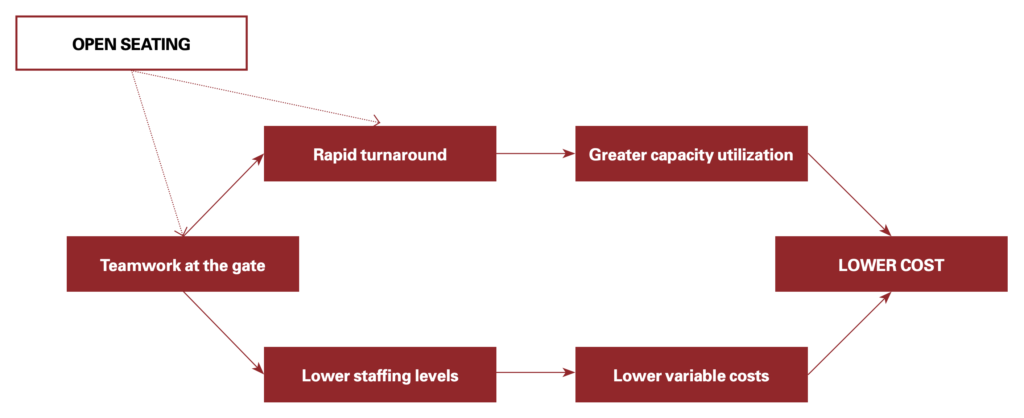
Why This Matters
Swae was founded upon the desire to create a way for companies to allow more people to provide their ideas and solutions to challenges the company faces, and to help bring clarity to this entire process from strategy to decision-making.
Assembling people can be difficult but making sure to include more of the people that should be included in these strategic processes is important. So, how do you decide who is involved?
Anyone that needs to inform decision-making in any way and can provide relevant information and expertise. Those responsible for executing the resulting decisions and have the power to make the decisions, need an organized and more structured way to make this all happen.
Those responsible for executing the resulting decisions, need an organized and more structured way to make this all happen.
As we well know, when people feel included, this makes a huge difference to the entire organization. If people are prepped, as this study found, most participants will arrive with ideas and proposals of their own, and the meeting should be structured to encourage everyone to share their views.
(P.S. you don’t need more meetings when you have Swae!)

Patty McCord former Chief Talent Officer at Netflix
Summary and Next Steps
There is no need to wait for a visionary savior to create great strategy or for leaders “at the top” to be the ones that make all the decisions and come up with all the ideas.
This approach provided in this research article from MIT helps to understand a way to make the pre-planning for strategy simplified.
How do you create a strategy argument (and then develop a strategy map from this)?
Figuring out a good topic to argue and debate is first. For example, if leaders are concerned about a new competitor, the strategy argument should include details on why the team should debate whether the entrant truly poses a threat before considering costly initiatives to counter it. (These are the kind of problems that strategic arguments can answer.)
Make a list of the top challenges or innovations your company is trying to tackle and work from there.
The key takeaways to creating a strategy session using this new framework:
- The purpose of the strategy argument and session should be clear to all participants. Devote time and attention, perhaps in consultation with others, to specifying the scope and desired outcome of the strategic dialogue in advance. As this research demonstrated, “…. providing participants with clear guidance regarding the conversation (and assigning pre-work, if needed) helps them prepare for constructive debate and reduces their uncertainty about the parameters of the discussion.”
- Choose a setting that offers the participants freedom of movement to encourage new ways of thinking.
- Great strategies exhibit logical coherence and need a map. They are composed of a set of logically interconnected reasons that necessarily produce the conclusion. Create a Strategy Map from conclusions (you can see the entire process when you download the full research below).
- Kicking off the session: Ask whoever decided to convene the discussion and the facilitator to choose a starter question to kick it off.
Download the Report
Get the MIT Sloan Report for FREE
*Your personal details are safe with us – we’ll never sell them to other companies for marketing purposes- see our Privacy Policy. From time to time, we’d like to email you eBooks, training or some useful content. By registering you agree to receive this content and you can unsubscribe at any time.

Swae is helping organizations across the world to solve today’s problems and generate tomorrow’s strategy. Our clients are finding that their greatest resource is their people, and Swae is proven to help get the best from the untapped potential within their workforce. We’d love the chance to show you how Swae can ‘pay off’ for you…

Ready to learn how Swae can help your organization?
More to explore…
The Invisible Implications of Collaboration Could Be Causing Your Burnout [Here’s 5 ways to do it right]
How to make Diversity, Equity & Inclusion Initiatives your secret weapon
How to Make Diversity, Equity & Inclusion Initiatives Your Secret WeaponDEI Initiatives Need Action, Not Lip Service 5 April 2022Recap of the MIT Sloan Study, DEI Practices That Have an Impact As many organizations...
4 Ways to Build a More Inclusive Workplace [Your Employees Desire More]
McKinsey & Company Study: Understanding organizational barriers to a more inclusive workplace5 min read, 29 March 2022Research recap for a McKinsey & Company study: “Survey results show that many employees do not feel fully included at work and want their...


![The Invisible Implications of Collaboration Could Be Causing Your Burnout [Here’s 5 ways to do it right]](https://swae.io/wp-content/uploads/Swae_Resources_MIT_Sloan_Review_Your-Collaboration-Efforts-Could-Be-Hurting-You-Unless-You-Do-It-Right-report-400x250.png)

![4 Ways to Build a More Inclusive Workplace [Your Employees Desire More]](https://swae.io/wp-content/uploads/Resources_Swae_McKinsey_Inclusive_workplace-400x250.png)
![Creating an Idea Meritocracy [Key to Unlocking Meaningful Work]](https://swae.io/wp-content/uploads/Resources_Bridgewater_Creating_an_Idea_Meritocracy-1-1080x675.png)


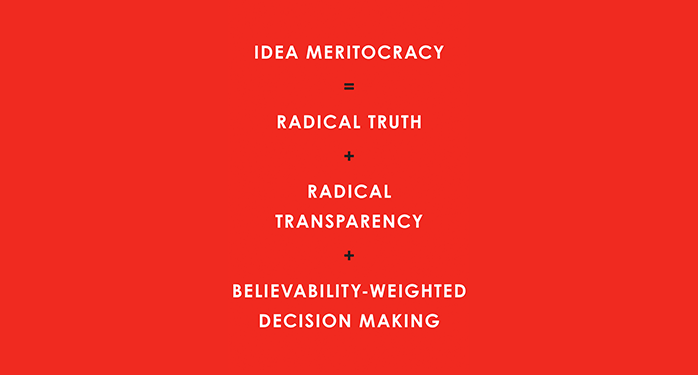





![Here’s the Real Truth About Workplace Speak Up Culture and Employee Engagement [Study by MIT Sloan Review]](https://swae.io/wp-content/uploads/Resources_MIT_Sloan_Review-1080x675.png)


